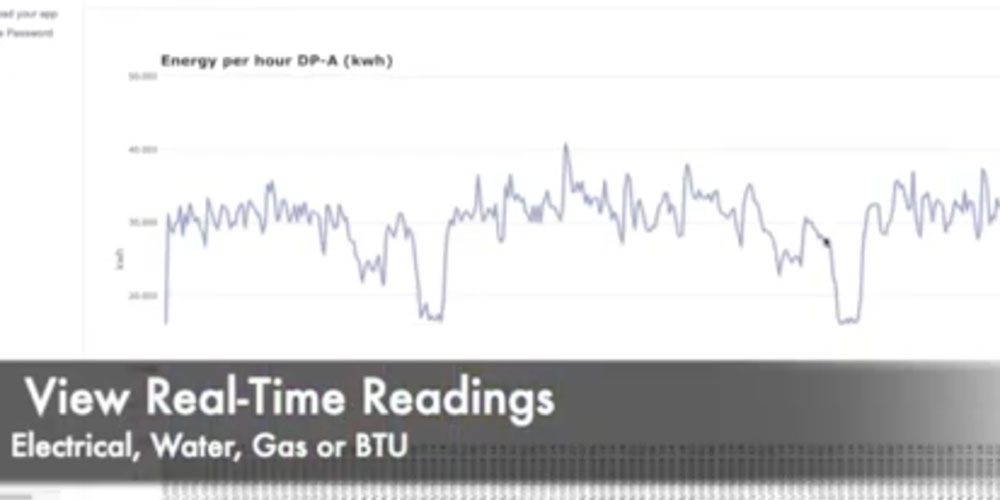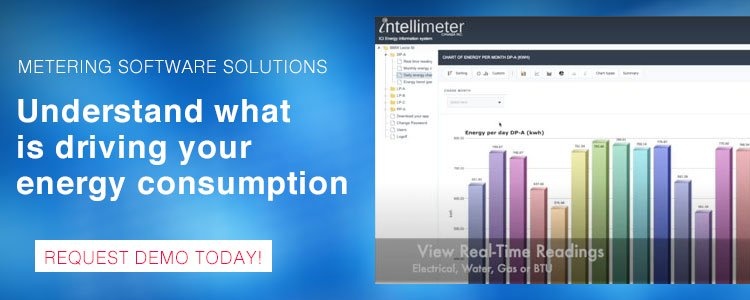Resource consumption from a whole campus or a large fleet of buildings down to a single occupant’s hourly-use can be measured accurately through submetering.
Advanced metering, through the main (bulk) meter can provide data at 15 minute or at hourly intervals of a building. In contrast, submetering can provide detailed, minute by minute information at an individual load scale, exponentially increasing the accuracy and the value of consumption data.
For example, outliers who present the highest demand in buildings can now be identified with submeters; these loads can be quantified and their individaul time of use can also be identified for further analysis.
Generally, there are two ways a building manager can encourage reductions in water or energy use: through resource conservation or through increased resource efficiency. Resource efficiency is usually improved by installing new technologies that offer the same service (heating and cooling, lighting, hand washing, etc.) while resource conservation involves using less water or less energy.
So here is where the two meet, thanks to the granular (detailed and time of use) information provided by the submeter, owners and property managers can know which loads are being used when they should be off, or which loads are excessive. Think of snow melting traces operating in the summer, or water leaks on vacant units, which for all practical purposes cannot be identified by relying exclusively from the utility main meter.
Metrics for both conservation and efficiency require knowledge of current practices and resource use, usually at the individual load or individual consumption point level. Retrofits for resource efficiency may sometimes be identified through snapshot data like those obtained through an audit of such data. Energy audits will be more effective in proportion to the amount and quality of data that the building operations can supply, when the data presented is only a snapshot of global consumption for a specific period of time, then the audit results will not be as effective.
Submetering can support deeper long-term efficiency and conservation improvements by introducing a continuous detailed reporting. This refined time scale provides insight into seasonal, weekly, daily or hourly reports of consumption, equipment performance, (e.g., HVAC and lighting), occupant behaviors, and asssit in the commissioning of installed efficiency technologies.
Over time, and as conditions change, these refined data points can also reveal other system issues or potential efficiency measures that were not apparent with snapshot data right away.
In order to make energy saving decisions, information from submeters, meters, and other sensors needs to flow to the relevant people responsible for making behavioural, operational, and investment decisions— facilities managers, building occupants, and metering data management companies, in a fast and reliable way, either through cloud based solutions or by integration to the existing Building Automation System.
Information from submeters and other sensors improve the awareness of energy and water consumption, it helps managers make well informed decisions to encourage reduction, that results in achieving expected financial efficiencies and cost recovery for the submetering investment. It leads to new building management practices that enabling technologies and decision-support tools to improve operations.


